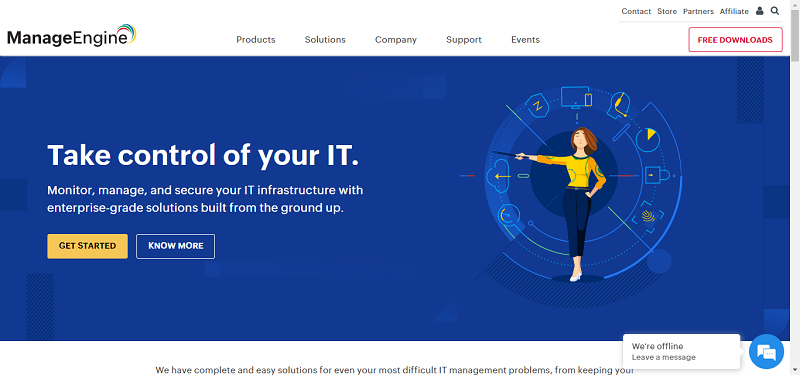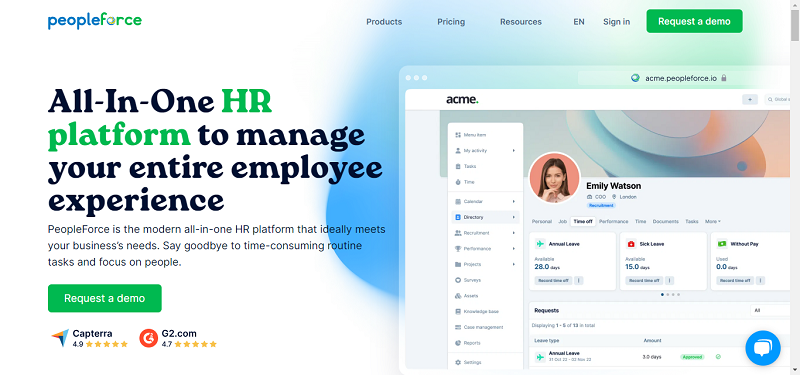Today’s sophisticated business environment demands a dynamic and robust IT infrastructure which is a far cry from the closed, controlled environments that most IT departments were created to handle. A hybrid IT infrastructure, drawing services from multiple cloud-based vendors and integrating seamlessly with in-house systems offers great benefits, yet requires new skills from IT employees.
Already, one in three organizations (34%) makes use of a hybrid IT system, with sectors like government and transportation the furthest along in their journeys. These are organizations which are looking beyond the cloud in an attempt to transform the entire way that they do business. They are striving for an infrastructure which combines all their systems into one integrated data fabric, which is simply “a cohesive and well integrated way to manage enterprise data regardless of the infrastructure upon which it resides”.
 The biggest draws of a hybrid IT system are scalability, agility and flexibility, according to Verizon’s Director of Cloud and IT Solutions Product Management Dan Jablonski. “With cloud, it’s quick and simple to add more resources when needed and that’s vital when your customers want everything now,” he explains.
The biggest draws of a hybrid IT system are scalability, agility and flexibility, according to Verizon’s Director of Cloud and IT Solutions Product Management Dan Jablonski. “With cloud, it’s quick and simple to add more resources when needed and that’s vital when your customers want everything now,” he explains.
But where hybrid thinking excels beyond cloud alone, explains Jablonski, is in its ability to “tie together all your cloud services—on-premises, public and private cloud—with your legacy systems and colocation. Using APIs and orchestration services it creates a unified infrastructure—one that’s more manageable, flexible and scalable.”
Robust infrastructure can mean very little if the employees and the IT department are struggling with the fundamentals of an IT system that is rapidly evolving and responding to new challenges. IDG reports that 90 percent of respondents viewed the managing of data across multiple clouds as important, yet only 29% of them thought that they were doing a good job of it. Their main concerns were in the area of data protection, application performance and governance. It’s of paramount importance that solid training and strong analytical and risk management skills are present in an IT department to help employees manage the transition into a more fluid and dynamic IT infrastructure.
A reliable and experienced network provider, such as Verizon, is fundamental to a successful hybrid IT and cloud strategy. “The latest network technologies, like software-defined networking (SDN), let you view the network in its totality and route traffic to available capacity in near-real time,” says Jablonski. “Service Providers, like us, enable you to change capacity, routing and service provisioning to respond to failure, attack or changes in demand.”
Ultimately, it makes good business sense for companies to partner with skilled and experienced providers who will implement sophisticated hybrid systems in order to create an infrastructure that is not holding you back, but enabling your business goals and strategies.
Sponsored by Hybrid IT: The Next Evolution in Enterprise IT, NetApp and Verizon.
By Jeremy Daniel





